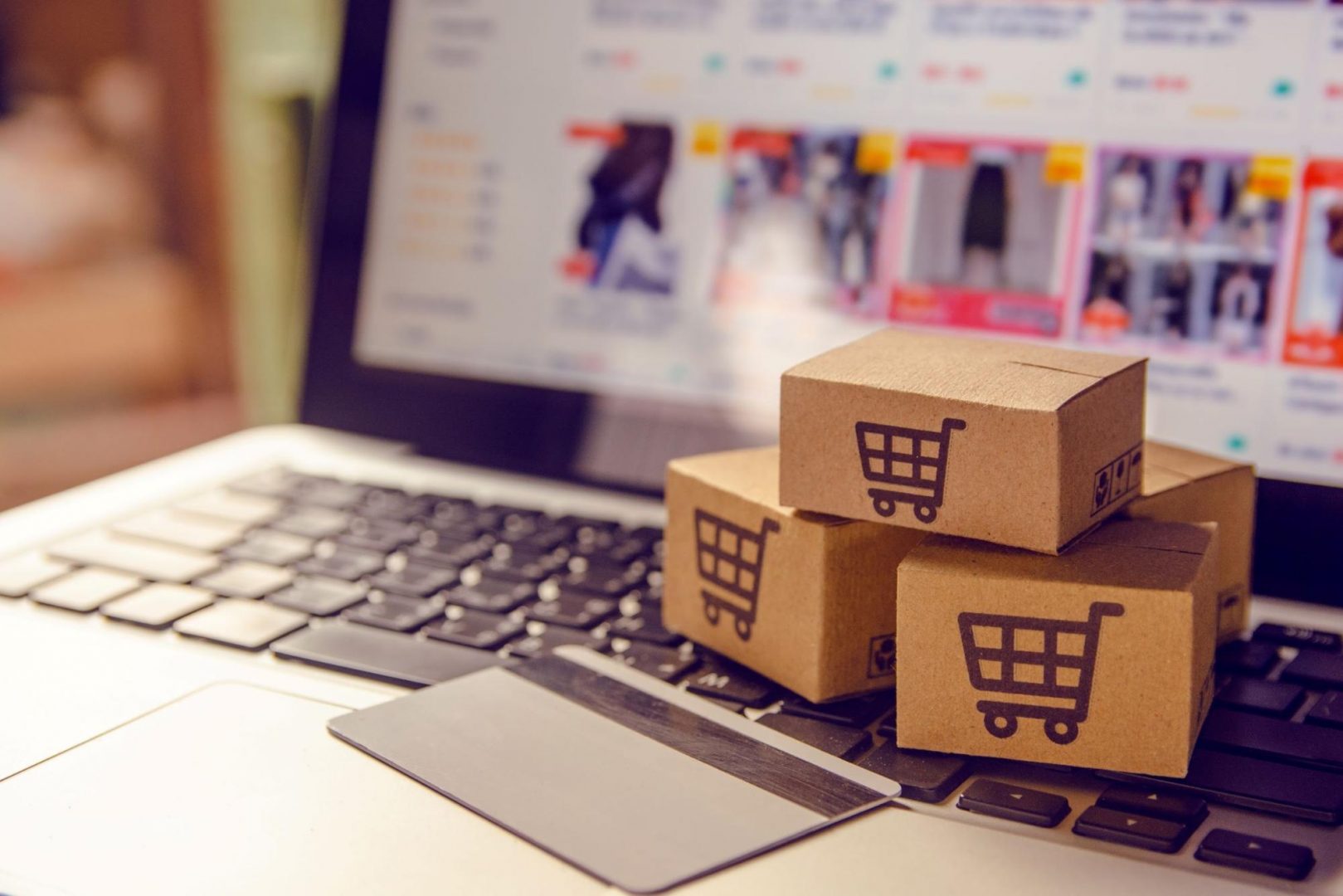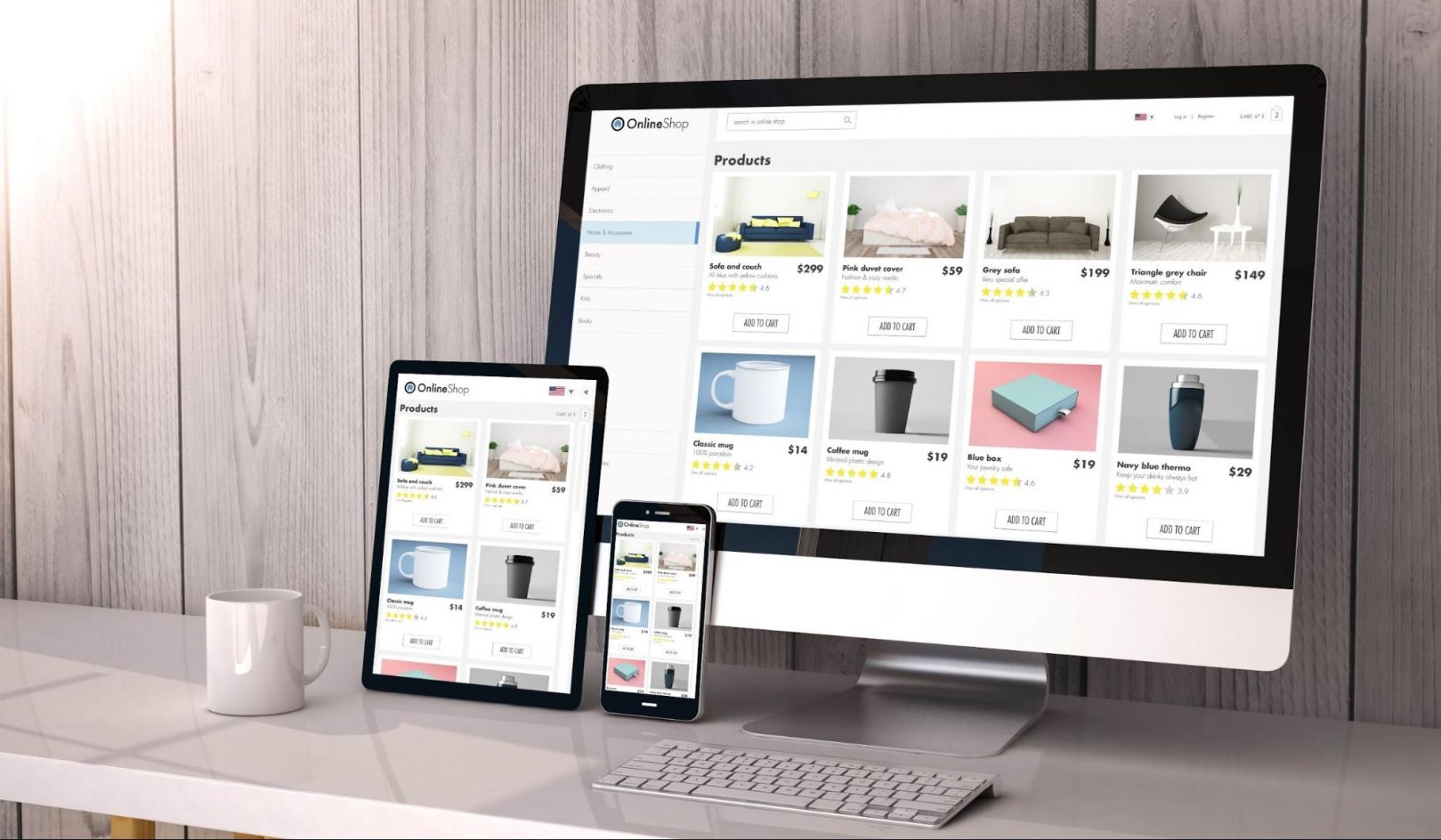How To Optimize Your Product Listing Page
Your product listing page (PLP) isn’t just a place to show your products—it’s the core of your online store. When customers land on your product listing page, they expect a seamless, intuitive experience that helps them find what they’re looking for quickly and easily. An optimized PLP can boost customer engagement, improve user experience, and increase sales. In this article, we’ll cover key tips to make your product listing page better so it not only draws in visitors but also turns them into repeat customers.
1. Ensure Clear and Consistent Navigation
The first thing to do when improving your product listing page is to make sure it’s easy to navigate. Customers should be able to find what they need quickly and without any hassle. Here are some ways to make that happen:
- Group your products into clear, logical categories that are easy for your customers to understand. Don’t overwhelm them with too many choices—keep the navigation simple and straightforward.
- Breadcrumbs are like a trail of links that show users where they are on your site. They make it easier for customers to find their way back to previous categories without getting confused.
- Provide search filters like price range, color, size, and product type to help users quickly narrow down their options.
With these tips, you’ll create a seamless and enjoyable shopping experience for your customers. Additionally, you can add a prominent search bar that’s visible on every page, allowing customers to quickly search for specific items.
2. Craft Compelling Product Titles and Descriptions
Your product titles and descriptions are key to catching customers’ attention and showing up higher in search results. Good titles and descriptions can be attained with the following:
- Use innovative writing solutions to incorporate keywords that your customers are likely to search for, but don’t overdo it. Make sure your titles clearly describe the product.
- Your descriptions should be clear and to the point. Focus on the main features, benefits, and what makes your product stand out to attract customers.
- Write descriptions that are easy to read and understand. Break up text with bullet points, headings, and short paragraphs to enhance readability.
Now, you can make your product listings more engaging and effective. When crafting descriptions, aim to highlight how the product solves a problem or meets a need.
3. Optimize Page Load Speed
The speed of your page is crucial for keeping visitors happy and ranking well in search results. If your product page loads slowly, people might get annoyed and leave, which can hurt your sales. To speed up your page:
- High-resolution images can make your page load slower. Use image compression tools to shrink file sizes without losing quality.
- Showing too many products on one page can slow down your site. To keep things running smoothly, try using pagination or infinite scrolling.
- Content delivery network (CDN) speeds up your website by distributing your content across servers worldwide.
These tips will help you provide a faster and more seamless user experience, which is crucial for keeping potential customers engaged
4. Leverage High-Quality Images and Videos
Visual content is crucial in helping customers make purchasing decisions. Optimizing your product images and videos can significantly improve the user experience on your PLP. Here’s how:
- Make sure your images are clear, well-lit, and show the product from different angles. Give customers the option to zoom in so they can check out the details up close.
- Product videos give customers a closer look at how the item works, which is especially helpful for more complicated or pricey products. It lets them see it in action before deciding to buy.
- Add clear descriptions to your images so everyone can access them easily, and search engines can figure out what they’re about.
Hire professional a photographer or videographer to ensure your visual content meets high standards. If you’re on a tighter budget, consider using tools and apps that help you create high-quality visuals yourself. Lighting kits, camera stabilizers, and editing software can make a big difference.
5. Implement Customer Reviews and Ratings
Customer reviews and ratings are great for building trust. Showing them on your product page can help convince people to buy. To make the most of them:
- Show the average star rating for each product alongside the number of reviews. This provides a quick visual cue for customers to gauge the product’s quality.
- Display a few of the most helpful or positive reviews prominently on the page. This can help convince hesitant shoppers.
- Enable customers to filter products by their ratings, making it easier for them to find highly-rated items.
Social proof allows potential buyers to see that others have had positive experiences with your products, boosting their confidence in making a purchase.
6. Optimize for Mobile Devices
With the increasing number of mobile shoppers, ensuring that your product listing page is mobile-friendly is essential. Here’s how to optimize for mobile:
- Utilize a responsive design that adjusts seamlessly to various screen sizes and orientations.
- On mobile devices, space is limited. Use a simplified navigation menu and ensure that touch targets (buttons, links, etc.) are large enough to be easily tapped.
- Since mobile users often have slower connections, it’s extra important to make sure your page loads quickly on their devices.
Remember that mobile shoppers are often on the go and may be multitasking, so your product pages need to provide essential information in a clear and concise manner.
7. Provide Clear Calls to Action (CTAs)
Effective calls to action are crucial for guiding customers through the purchasing process. On your product listing page, CTAs should be:
- Use contrasting colors and easy-to-read fonts to make your CTAs stand out. Place them in a location that is easily accessible without scrolling.
- Use action-oriented language like “Add to Cart,” “Buy Now,” or “Shop Now” to encourage customers to take the next step.
- Maintain consistent CTA styles and placement throughout your site to create a cohesive experience.
Ensure that your CTAs are clear, specific, and aligned with the customer’s journey. Keep the design clean to ensure that customers are focused on the action you want them to take.
8. Utilize Social Proof and Trust Signals
Build trust with potential customers to drive conversions, as it reassures them that they’re making the right decision. Incorporate these trust signals into your PLP:
- Display badges for bestsellers, trending products, or “frequently bought together” suggestions to encourage purchases.
- Include trust badges such as secure payment icons, money-back guarantees, or free shipping offers to reassure customers.
- Showcase user-generated content, like customer photos or videos, to create a sense of community and authenticity.
Don’t forget to leverage customer testimonials and review ratings to further build trust.
9. Test and Analyze Performance
Continuously testing and analyzing your product listing page is essential for ongoing optimization to identify what works and what needs improvement. Use the following strategies:
- Experiment with different elements on your PLP, such as product titles, images, CTAs, and layout, to determine what works best.
- Utilize analytics tools to track user behavior, conversion rates, and bounce rates. This data can help you identify areas for improvement.
- Gather feedback from your customers about their experience on your PLP. Use this feedback to make data-driven decisions for future optimizations.
These tips will help you create a more efficient and user-friendly product listing page, driving better results.
Conclusion
Optimizing your product listing page is an ongoing process that requires attention to detail and a solid understanding of what your customers need. Create a more engaging and user-friendly PLP that turns visitors into loyal customers. Keep in mind, success comes from regularly testing, analyzing, and refining your approach to keep up with your audience’s changing expectations.





